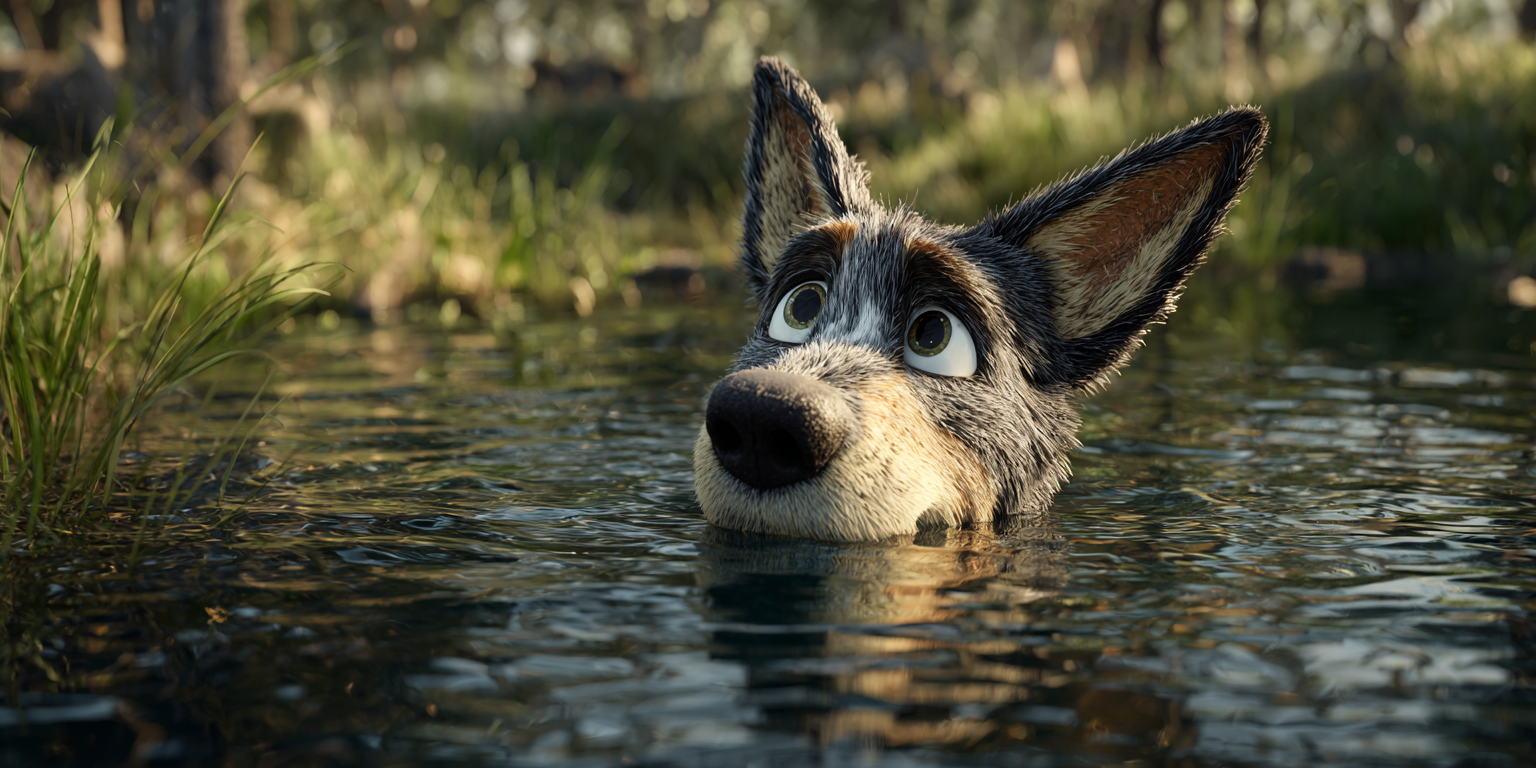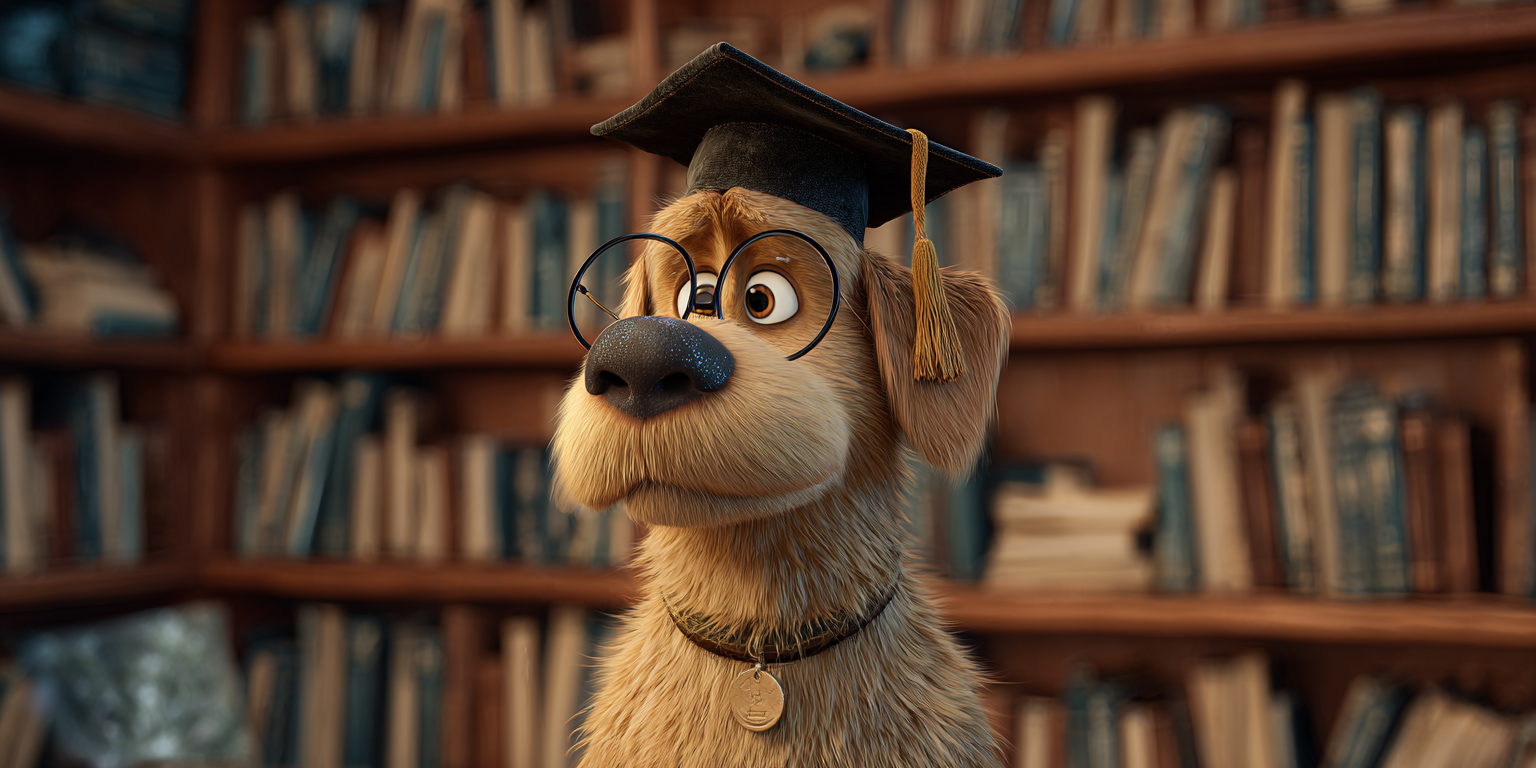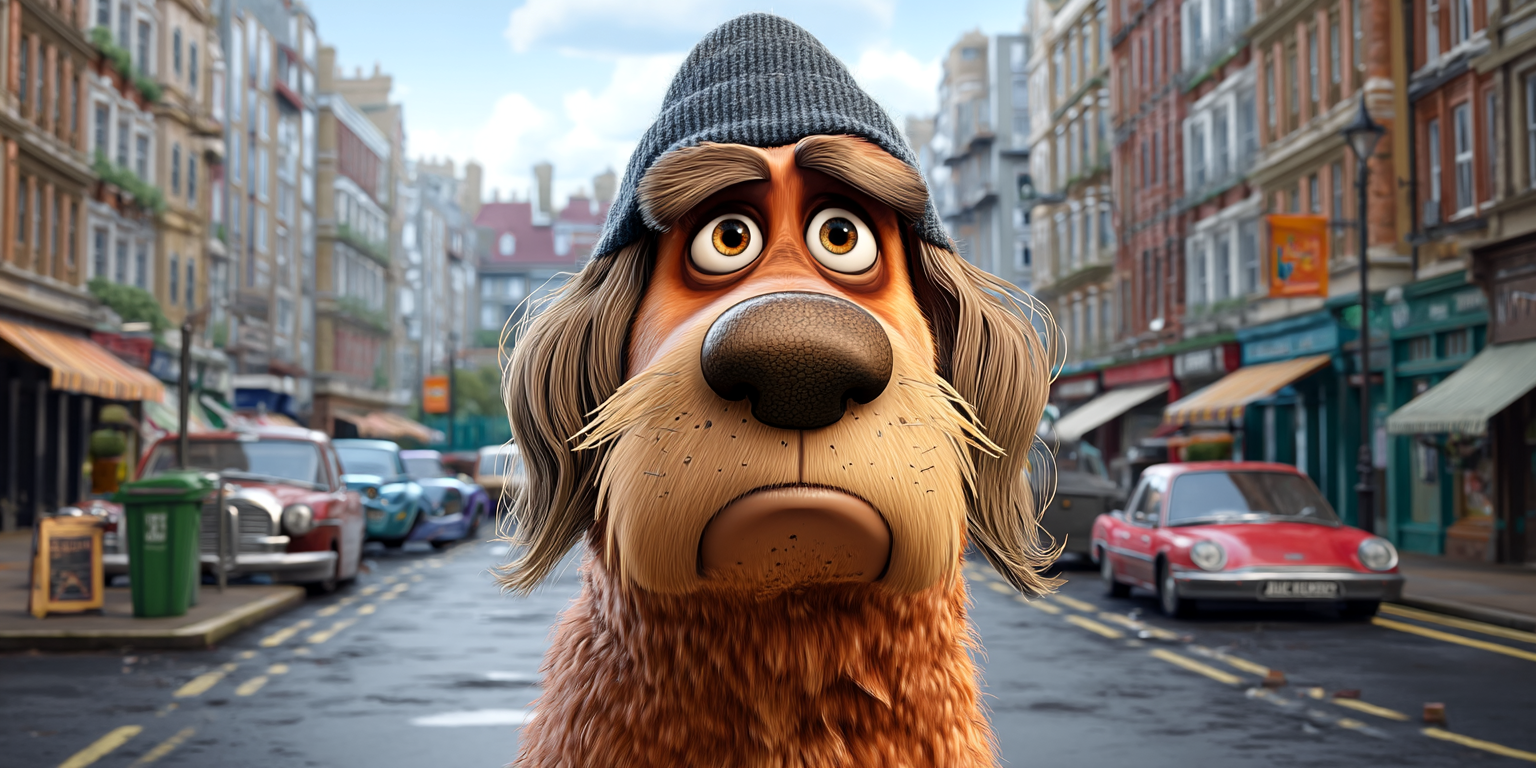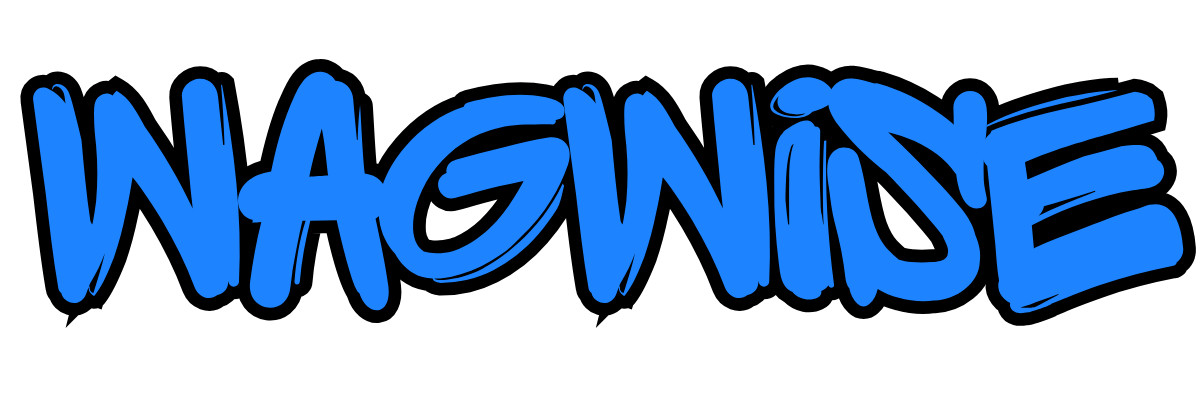How to Successfully Housebreak Your Puppy
Toilet Training & Accidents: How to Successfully Housebreak Your Puppy (or Rescue Dog)
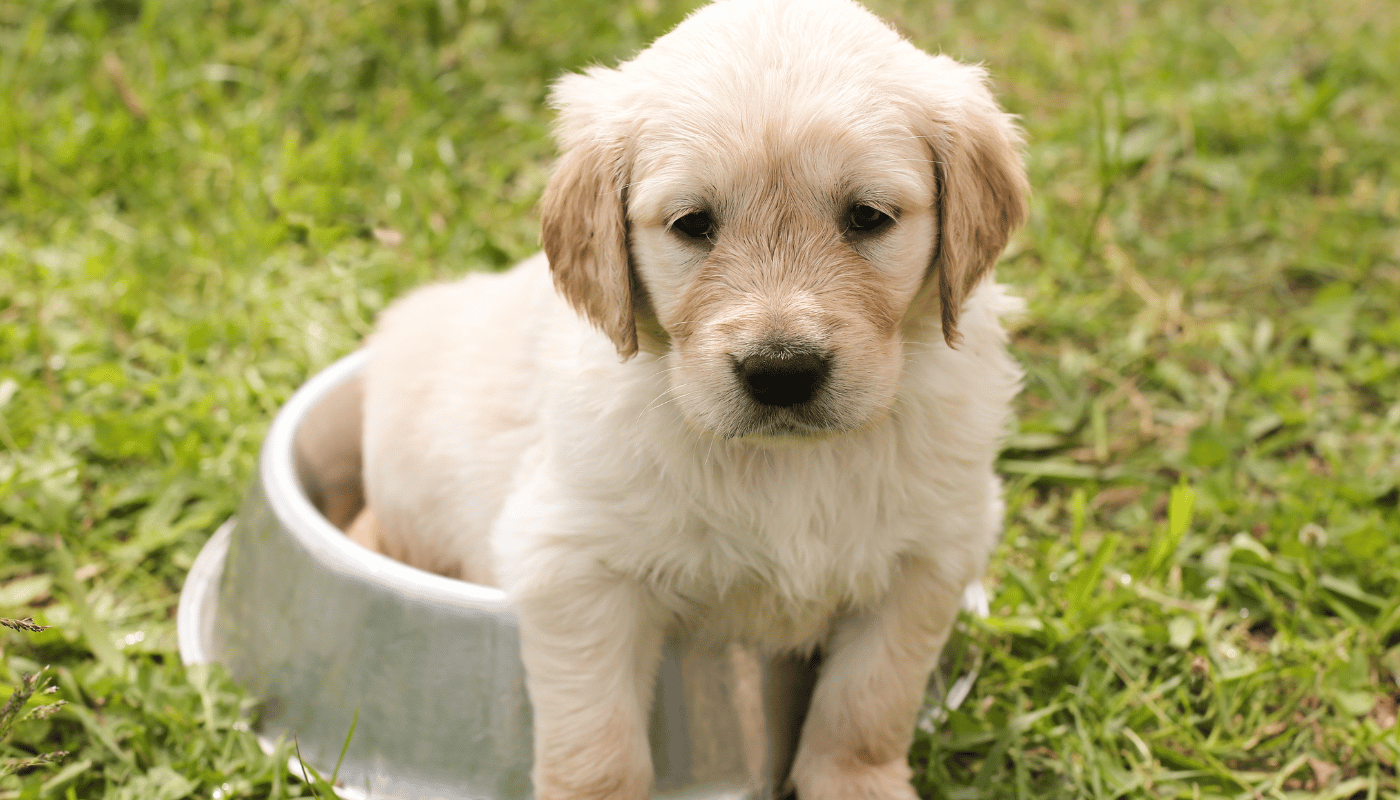
One of the most common frustrations for dog owners—especially new ones—is toilet training.
Whether it’s a fluffy new puppy or an adult rescue dog adjusting to a new home, housebreaking can test the patience of even the most devoted pet parent.
From mysterious puddles in the hallway to stubborn dogs that won’t go outside in the rain, toilet training isn’t always smooth. Accidents happen. Marking may occur. And sometimes, despite your best efforts, your dog simply refuses to “go” where you want them to.
But don’t worry—you’re not alone, and your dog isn’t broken.
With consistency, patience, and understanding, you can house-train your dog and enjoy a cleaner, happier home.
This detailed guide will walk you through everything you need to know about toilet training, including:
- Why accidents happen
- The psychology behind housebreaking
- Step-by-step training methods
- How to handle accidents the right way
- Common problems and how to overcome them
Why Toilet Training Is Such a Big Deal
Toilet training is a foundational skill that affects every aspect of your life with your dog.
A well-housebroken dog is more welcome in public places, friendlier to houseguests, and more pleasant to live with. It also prevents damage to carpets, flooring, and your sanity.
But despite being essential, it’s often underestimated in difficulty—especially by first-time dog owners.
Many assume that their dog will "just figure it out." The truth? Dogs need clear communication, routine, and encouragement to learn where to do their business.
Understanding Dog Psychology: Why Accidents Happen
Dogs don’t understand the concept of "indoors" vs. "outdoors" until we teach them. To them, your rug is no different than a patch of grass unless you make the distinction clear.
Common Reasons for Accidents:
- Lack of routine: Dogs thrive on schedules. Irregular potty breaks lead to confusion and accidents.
- Incomplete training: If you assume your dog is house-trained too soon, setbacks are common.
- Stress or change: Moving house, a new baby, or loud noises can cause regression.
- Medical issues: UTIs, incontinence, or digestive upset can lead to unexpected messes.
- Marking: Male dogs (and sometimes females) may mark territory indoors.
- Fear of the outdoors: Some dogs dislike cold, rain, or noisy environments.
The good news? All of these issues can be managed with time and the right strategy.
The Golden Rule of Toilet Training: Consistency
Dogs learn through repetition.
The more often they successfully go where you want them to, the faster the habit forms.
Create a consistent routine for feeding, walks, and potty breaks. Young puppies especially need frequent opportunities to relieve themselves—often every 1–2 hours, after waking, eating, drinking, or playing.
Ideal Toilet Break Schedule for Puppies:
- First thing in the morning
- After every meal
- After naps
- After playtime
- Before bedtime
- At least once during the night (until they’re 12–14 weeks old)
For adult rescue dogs, you may not need as many breaks, but routine is still essential—especially in the early days of adoption.
Crate Training: Your Secret Weapon
Used properly, a crate is not a punishment—it’s a training tool and a safe space. Because dogs naturally avoid soiling their sleeping area, crate training helps teach bladder control and builds positive toilet habits.
Crate Training Tips:
- Make the crate inviting with soft bedding and toys.
- Take your dog outside immediately after letting them out.
- Never leave a puppy crated for more hours than their age in months (e.g., 3-month-old = 3 hours).
- Avoid using the crate as punishment—it should always feel safe and secure.
Crate training isn’t just for puppies; many adult dogs benefit too, especially those with separation anxiety or rescue dogs who need structure.
Step-by-Step Housebreaking Method
- Supervise Closely Indoors
If you can’t supervise directly, use a crate or playpen. Many accidents happen when the dog wanders off unsupervised. - Pick a Potty Spot Outside
Take your dog to the same place every time. This builds scent association and encourages faster elimination. - Use a Cue Word or Phrase
Say “go potty” or “do your business” every time they start to go. Eventually, they’ll associate the command with the action. - Reward Immediately
Praise and reward right after they go—don’t wait until you’re back inside. Timing is everything. - Watch for Signs They Need to Go
Sniffing, circling, whining, or heading toward the door are all signals. Act fast! - Clean Accidents Thoroughly
Use enzymatic cleaners to remove all traces of scent. If it smells like a toilet, your dog may return to the spot.
How to Handle Accidents (Without Losing Your Cool)
DO:
- Clean it up thoroughly with an enzyme-based cleaner.
- Reflect on why it happened: Was it too long since the last break? Did you miss a signal?
- Reset and try again with tighter supervision.
DON’T:
- Rub their nose in it.
- Shout or punish after the fact.
- Assume they “know better”—dogs live in the moment and won’t understand retroactive punishment.
Patience and calm correction are more effective than anger.
Marking vs. Accidents
Some dogs, especially unneutered males, will mark indoors to claim territory. Unlike full-bladder accidents, these are small squirts, usually on vertical surfaces like furniture legs or walls.
How to Curb Marking:
- Neuter or spay your dog (if medically appropriate).
- Supervise closely inside the house.
- Interrupt marking behavior with a sharp “no!” and redirect outside.
- Limit access to high-value objects or new areas of the house.
Marking is more about social signaling than a need to relieve themselves—it often improves once your dog feels secure in your home.
Bad Weather Blues: When Your Dog Refuses to Go Outside
Rain, wind, or cold can turn your backyard-loving dog into an indoor protester. Some dogs simply hate the sensation of wet paws or loud gusts of wind.
How to Handle It:
- Go outside with them. Your presence can boost confidence.
- Use a covered area. A patio or umbrella can help.
- Create a “quick-pee” cue. Reward speed so they learn to go quickly in bad weather.
- Dress them up. Dog raincoats or boots work well for sensitive pups.
- Be persistent. If they don’t go, bring them back in and try again 10 minutes later—don’t let them learn that refusing = staying inside.
Remember: dogs are creatures of habit. If you let them skip potty breaks in bad weather, they’ll resist again next time.
Troubleshooting Common Toilet Training Problems
Problem 1: “My dog was doing great, but now they’re having accidents again.”
Solution: Regression is normal. It could be due to changes in routine, stress, or medical issues. Go back to basics for a week—tighten supervision, reward every success, and reinforce routines.
Problem 2: “My rescue dog only wants to go on concrete or inside.”
Solution: They may never have been trained on grass. Use high-value treats and praise when they go in the right place. You can even start on concrete outdoors and gradually move to grass.
Problem 3: “My dog waits until we come back inside, then goes!”
Solution: Don’t rush the process. Stay outside longer—sometimes 10–15 minutes. You can also fake going inside and then immediately take them back out to catch them in the act.
Housebreaking Myths to Avoid
- Myth: My dog will learn if I punish them for accidents.
Truth: Punishment only teaches fear—not where to go. - Myth: Adult dogs can't be toilet trained.
Truth: Adult dogs can absolutely learn! It may take longer if they’ve developed bad habits, but with consistency and patience, they’ll get it. - Myth: Crate training is cruel.
Truth: When done correctly, crates are comforting and help create structure. Many dogs seek them out as safe resting spaces.
Final Thoughts: Patience Is Everything
Toilet training isn’t a race—it’s a process.
And like all good habits, it takes time to build and even longer to perfect.
There will be setbacks. There will be frustration. But if you remain consistent, reward good behaviour, and meet your dog with understanding instead of anger, they will learn.
And one day, you’ll wake up, wander into your living room, and smile at the clean carpet… realizing it’s been weeks—maybe even months—since the last accident. Your dog will sit proudly, tail wagging, blissfully unaware of how much cleaner your life has become thanks to all your effort, love, and patience.
You’ve done it.
You’ve turned a puddle-prone pup into a toilet-trained triumph.

